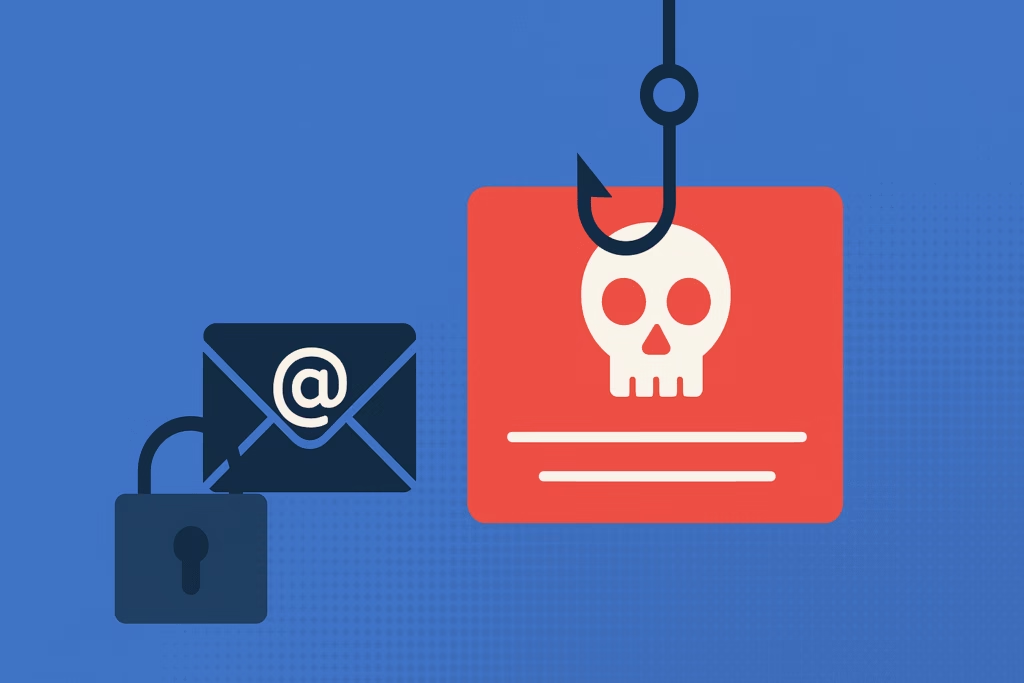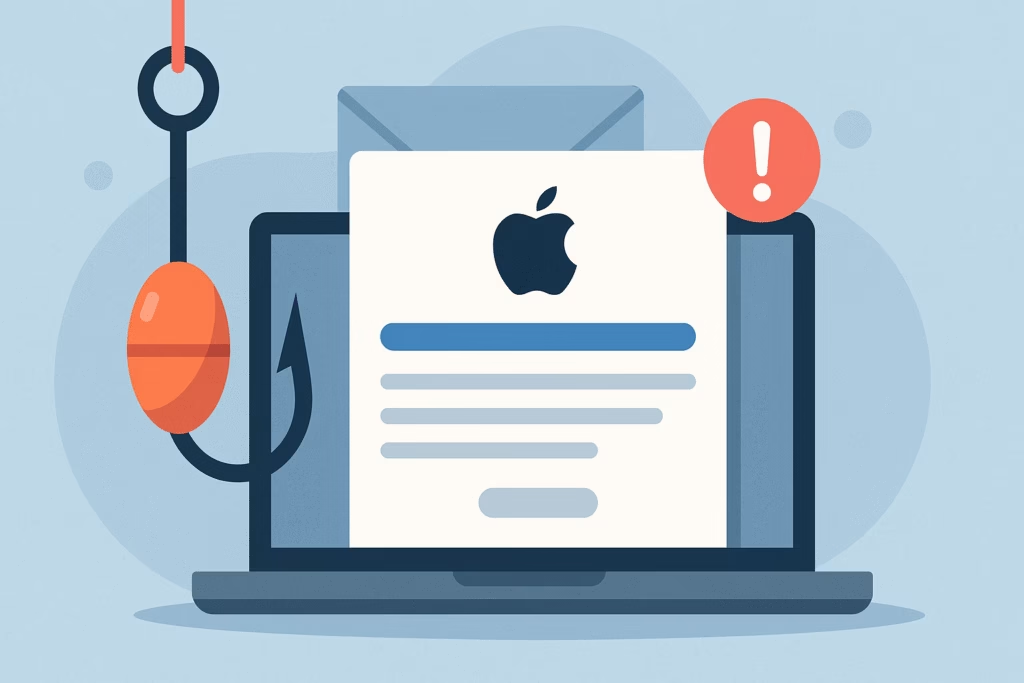
Cybercriminals launch over 3.26 billion phishing attacks annually, making employee education your company’s most critical defense mechanism. While technological solutions provide important barriers, human error remains the primary vulnerability that attackers exploit to breach corporate networks and steal sensitive data.
An effective employee phishing test program transforms your workforce from potential security risks into informed defenders. Organizations implementing comprehensive phishing training see up to 87% reduction in successful phishing attempts within the first year, according to industry research.
Understanding Employee Phishing Testing Fundamentals
Employee phishing testing involves sending simulated phishing emails to staff members to assess their ability to identify and respond appropriately to potential threats. These controlled exercises reveal security awareness gaps while providing immediate learning opportunities without real-world consequences.
Modern phishing quiz platforms track multiple metrics including click rates, credential submission rates, and reporting behaviors. This data enables security teams to measure training effectiveness and identify high-risk employees requiring additional education.
Key Components of Effective Phishing Tests
- Realistic scenarios that mirror current threat landscapes
- Immediate feedback when employees interact with test emails
- Progressive difficulty levels that challenge growing awareness
- Comprehensive reporting for administrators and management
- Integration capabilities with existing security infrastructure
Top Enterprise Phishing Training Platforms
KnowBe4: Industry-Leading Comprehensive Solution
KnowBe4 dominates the enterprise security training market with extensive template libraries containing thousands of phishing scenarios. Their platform offers advanced features including difficulty progression, detailed analytics, and integration with major email systems.
Key Features:
- Over 1,000 email templates updated regularly
- Comprehensive learning management system
- Advanced reporting and analytics dashboard
- Mobile-responsive training modules
- Compliance reporting for regulatory requirements
Pricing: Starts at $4.50 per user monthly for basic plans, with enterprise pricing available for larger organizations.
Proofpoint Security Awareness Training
Proofpoint leverages threat intelligence from their email security division to create highly realistic phishing simulations. Their approach focuses on personalized learning paths based on individual risk profiles and job responsibilities.
Standout Features:
- AI-driven personalization for training content
- Real-time threat intelligence integration
- Advanced behavioral analysis
- Multi-language support for global organizations
- Integrated incident response workflows
Microsoft Defender for Office 365
For organizations heavily invested in Microsoft ecosystems, Defender for Office 365 provides native phishing simulation capabilities. The platform integrates seamlessly with existing Microsoft security tools and offers cost-effective training for enterprise customers.
Notable Advantages:
- Deep integration with Microsoft 365 environment
- Automated campaign scheduling and management
- Built-in compliance and reporting features
- No additional licensing costs for E5 subscribers
- Unified security management interface
Implementing Effective Phishing Quiz Programs
Phase 1: Baseline Assessment
Begin your program with comprehensive baseline testing to understand current security awareness levels across different departments and roles. This initial assessment should include:
- Company-wide phishing simulation using moderate difficulty templates
- Department-specific scenarios targeting role-based vulnerabilities
- Executive-level spear phishing tests for leadership teams
- Technical staff assessments using sophisticated attack vectors
Phase 2: Training Program Development
Design training curricula based on baseline results, focusing on areas showing highest vulnerability rates. Effective programs incorporate multiple learning modalities including interactive modules, video content, and hands-on exercises.
Essential Training Components:
- Email header analysis and verification techniques
- URL inspection and safe browsing practices
- Social engineering recognition and response protocols
- Incident reporting procedures and escalation paths
- Mobile device security and app-based phishing threats
Phase 3: Continuous Testing and Reinforcement
Establish regular testing schedules with increasing complexity to maintain and improve security awareness over time. Research from SANS Institute shows that monthly testing produces optimal results without causing training fatigue.
Best Practices for Test Employees Phishing Programs
Creating Realistic Scenarios
Develop phishing test scenarios that reflect actual threats targeting your industry and organization. Effective simulations mirror current attack trends while considering your company’s specific risk profile.
High-Impact Scenario Categories:
- Business Email Compromise (BEC) targeting finance and executive teams
- Credential harvesting through fake login portals
- Malware delivery via document attachments
- Social media-based attacks leveraging public information
- Supply chain impersonation targeting vendor relationships
Measuring Success and ROI
Track multiple metrics beyond simple click rates to understand program effectiveness and demonstrate security improvements to leadership teams.
Critical Performance Indicators:
- Phish-prone percentage trending downward over time
- Reporting rate improvements for suspicious emails
- Time-to-report metrics showing faster threat identification
- Repeat offender reduction through targeted intervention
- Knowledge retention scores from follow-up assessments
Addressing Training Resistance
Employee resistance to security training programs can undermine effectiveness. Address concerns proactively through transparent communication about program goals and benefits.
Strategies for Improved Engagement:
- Frame training as skill development rather than testing
- Provide immediate, constructive feedback without blame
- Recognize and reward security-conscious behaviors
- Share real-world examples of prevented attacks
- Involve department managers as security champions
Advanced Testing Techniques for Mature Programs
Spear Phishing Simulations
Once basic awareness improves, implement targeted spear phishing campaigns using publicly available information about employees and company operations. These sophisticated tests challenge experienced users while identifying advanced persistent threat vulnerabilities.
Multi-Vector Attack Simulations
Modern attackers often combine multiple attack vectors including email, phone calls, and social media. Advanced testing programs should simulate these complex scenarios to prepare employees for sophisticated threat campaigns.
Executive Protection Programs
C-suite executives face unique risks requiring specialized training programs. Executive-targeted attacks have increased 131% over the past three years, making leadership-focused security training essential.
Integration with Broader Security Programs
Effective phishing training extends beyond isolated email exercises to encompass comprehensive security awareness initiatives. Integration with incident response procedures, security policies, and technical controls creates layered defense strategies.
Organizations should connect phishing test results with security awareness metrics, compliance requirements, and risk management frameworks. This holistic approach ensures training investments align with broader cybersecurity objectives.
PhishDef’s comprehensive protection platform complements employee training programs by providing real-time threat detection and automated response capabilities, creating multi-layered defense against sophisticated phishing campaigns.
Measuring Long-Term Program Success
Successful phishing training programs demonstrate measurable improvements in security posture over extended periods. Track progress through quarterly assessments, incident reduction metrics, and employee confidence surveys.
Key Success Indicators:
- Sustained reduction in successful phishing attempts
- Increased voluntary reporting of suspicious emails
- Improved performance on unannounced security assessments
- Positive employee feedback on training relevance and quality
- Reduced security incident response costs and duration
Key Takeaways
Employee phishing tests represent critical investments in organizational cybersecurity, transforming human vulnerabilities into security strengths. Successful programs require ongoing commitment, realistic scenarios, and comprehensive measurement frameworks.
Choose platforms that align with your organization’s size, technical infrastructure, and security maturity level. Focus on creating positive learning experiences that build genuine security awareness rather than punitive testing environments.
Regular assessment and program refinement ensure training remains relevant against evolving threat landscapes. Combine technical solutions with human-centered security education to create robust defense against increasingly sophisticated phishing campaigns.
Ready to strengthen your organization’s human firewall? PhishDef offers advanced phishing protection solutions that complement employee training programs with real-time threat detection and automated response capabilities. Contact us today to learn how our comprehensive platform can enhance your security awareness initiatives while protecting against the latest phishing threats.


